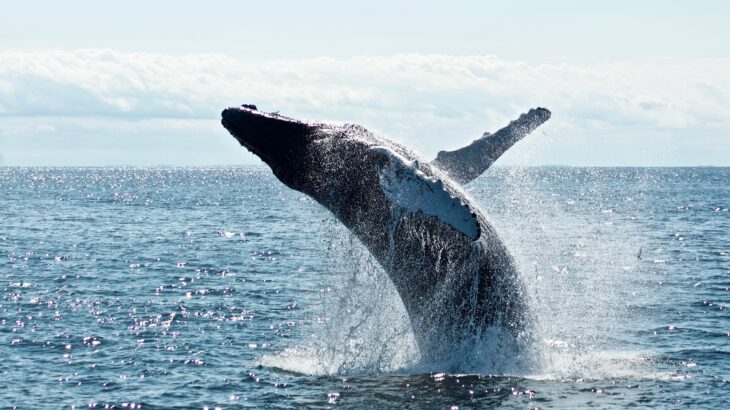Green Calendar – February: Part 2
A second post of Green Calendar in the same month?! No, your eyes are not deceiving you. Owing to the large number of environmental awareness days in this otherwise very short month, it was decided to split the typically singular post into two. So, join us as we wrap up this month by celebrating three very special animals!
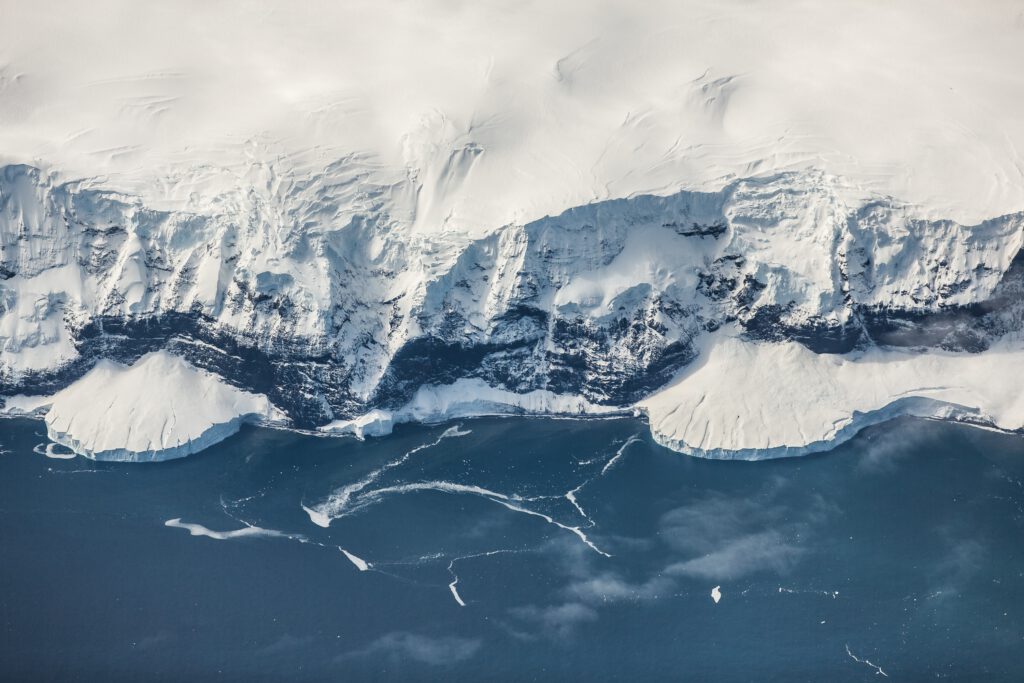
18 February – World Pangolin Day
First on our list is the pangolin. These scaly animals are often confused for reptiles, but they are actually mammals! They are unique in that they have large, protective keratin scales (that are similar to the material in fingernails) covering their skin. Depending on their species, they either live in burrows or hollow trees. Pangolins are nocturnal, venturing out in the dark to feed on ants and termites which they catch using their long tongues. (This has earned them the name ‘scaly anteaters’.) Pangolins tend to be solitary creatures who meet only to mate and raise their offspring for around two years.
Unfortunately, they are the most trafficked mammal in the world. Over the past decade, more than 1 million pangolins have been trafficked. In fact, data from 2019 shows that a pangolin is poached every three minutes. They are in high demand in Asia and Africa for their meat and scales, and in the United States for their leather. Consequently, all eight living species have made it to the threatened tier of the IUCN Red list – three are critically endangered, three are endangered and two are vulnerable.
What can I do?
· Donate to organizations that are working to protect pangolins. For instance, World Wildlife Fund allows you to “adopt” a pangolin.
· Educate yourself about pangolins. (For instance, did you know that a single pangolin can eat up to 70 million insects in a year? Or that pangolins are more closely related to cats and dogs than to armadillos and anteaters?)
· Spread awareness; let others know about this wonderful creature.
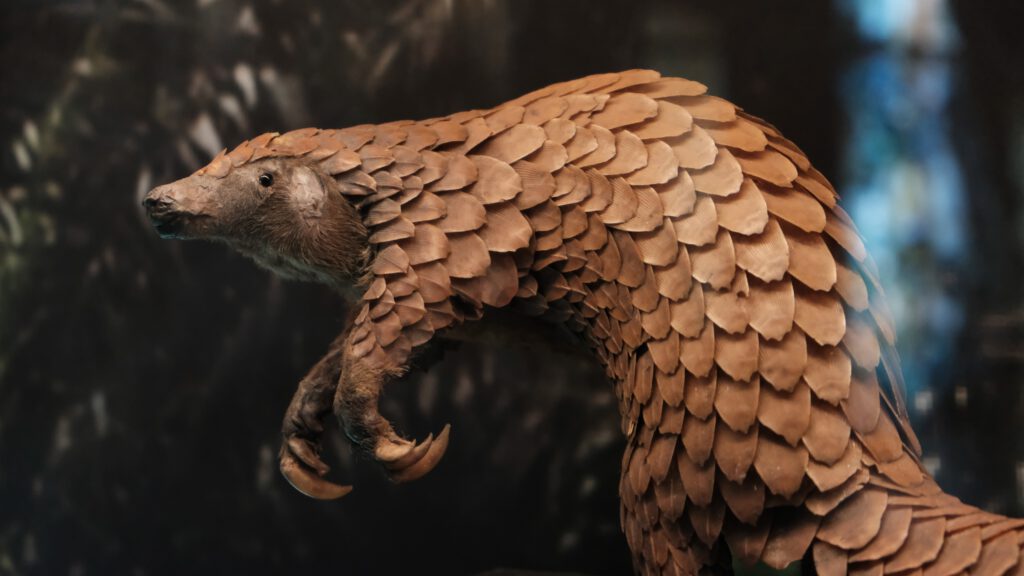
19 February – World Whale Day
World Whale Day is observed on the third Sunday of February every year. The first celebration was held in Maui, Hawaii in 1980 to honor humpback whales that swim off the coast of the tropical island. This day is the brainchild of Greg Kauffman, founder of the Pacific Whale Foundation. The day represents a global effort to sound the alarm on the threats faced by whales and save these delightful creatures before it’s too late.
Whales refer to all species of the infraorder Cetacea. (This definition, however, is a bit ambiguous. Being an informal grouping rather than a scientific one, whales often refer to large cetaceans only.) But what are cetaceans?
These are animals characterized by a fully aquatic lifestyle, streamlined boy shape, and an exclusively carnivorous diet. (And yes, whales are mammals, not fish.) They propel themselves through the water with an up-and-down movement of their tail, which is in contrast to the sideways propulsion of fish. Common examples of whales include sperm whales, blue whales, narwhals (a.k.a. the unicorn of the sea), orcas, bottlenose dolphins, and the vaquitas.
(And here I must go on a tangent. The vaquitas are the world’s smallest porpoise and are on the brink of extinction, literally. From 200 individuals in 2012, the number has dropped to between 6 and 20. Vaquitas are mainly threatened by fishing – though not directly poached, they get entangled in fishing nets cast to catch shrimp and finfish and die. Let that sink in. In a little more than a decade, we humans have brought down the number of vaquitas from 200 to less than 20 simply by fishing carelessly.)
But not all news is bleak! One of the biggest success stories of last year is the return of fin whales to their former breeding grounds in numbers not seen since the era of whaling. As many as 150 whales were spotted feeding around Elephant Island in the Southern Ocean. This has been interpreted as a sign that their populations are recovering, and could potentially help lock up more carbon dioxide in the oceans. Yay!
What can I do?
· Watch a documentary on whales. (If you need inspiration, check out ‘The Loneliest Whale: The Search for 52’.)
· Donate to or volunteer at a marine conservation organization.
· Attend beach cleanups and avoid commercially caught fish.
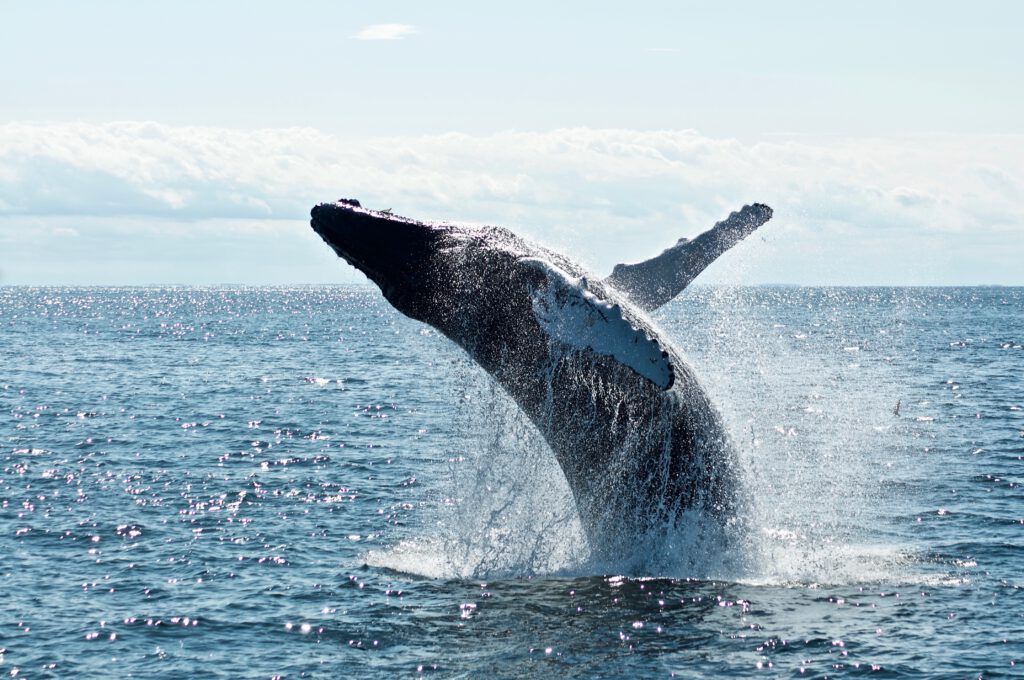
27 February – International Polar Bear Day
When I opened the WWF website to write this section about polar bears, the first line which caught my eye was ‘polar bears are perfectly suited to their environment’ which is so ironic. Polar bears are adapted to the cold – they have black skin, a thick layer of body fat, a double-layered coat, and heat-conserving ears. They have anti-slip feet to walk on ice. Polar bears aren’t suited for the warm, iceless climate that global warming is bringing!
As the Arctic ice melts, polar bears are finding it harder to hunt, mate, and breed. These bears get around two-thirds of their energy for the entire year in late spring and early summer when their prey (ringed seals, bearded seals, harp seals, walruses, etc.) is abundant. However, as the climate warms, sea ice retreats earlier in spring and forms later in winter. This gives polar bears less time to hunt and forces them to swim greater distances and go longer without food. This extra exertion and decreased nutrition are causing a drop in the average weight of the adults, while in the case of cubs, fewer survive and those that do are smaller.
Currently, these majestic animals are listed as vulnerable on the IUCN Red List. We better act now to ensure they do not slip into endangered.
What can I do?
· Take part in the events hosted by Polar Bears International. You can find a list at: https://polarbearsinternational.org/news-media/articles/international-polar-bear-day-schedule-2023.
· This year, the theme is to protect moms and cubs. You can do your bit by donating to organizations like Polar Bears International and WWF.
· Educate yourself about polar bears, and then share that information with others.
Let us not reduce these wonderful animals to pictures in a history book.
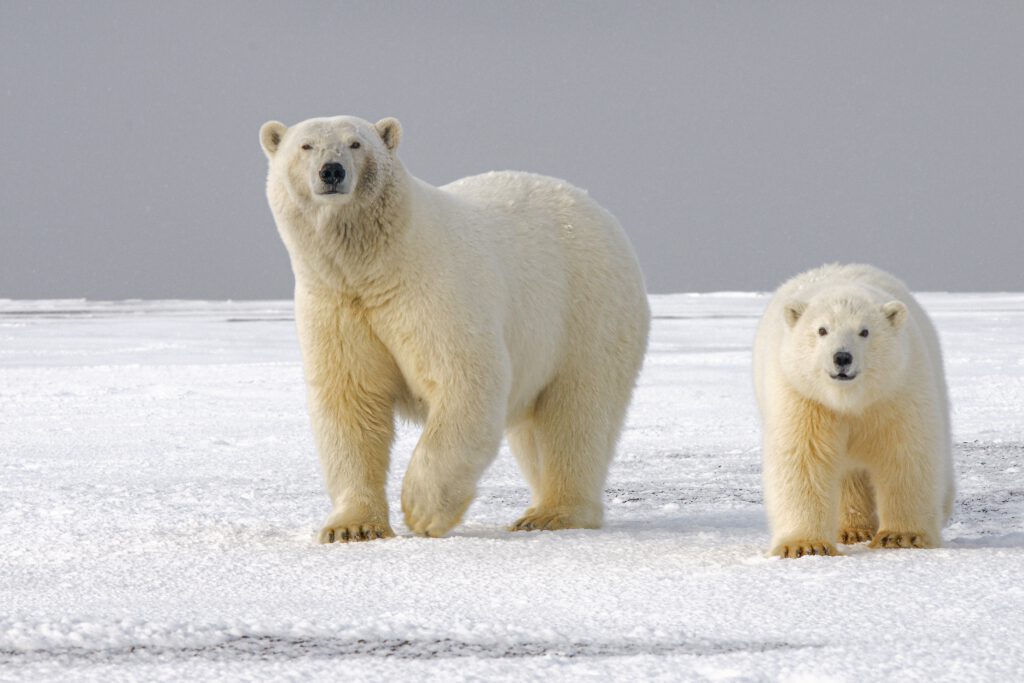
Written by: Shirsho Roy Chowdhury
